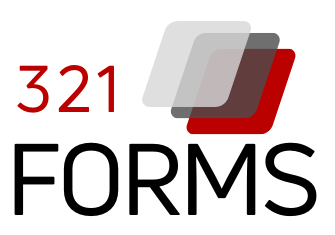Analyzing Your Employee Onboarding Program
Company executives know how important the onboarding process is to help new hires establish their place in the organization, and skipping core areas can have a drastic impact on the program all together. Onboarding is in place for a number of reasons, to connect the employer to the employee, outline the details of their new role, align them with current business objectives and company culture, and to reduce the possibility of issues or problems arising when they hit the office floor and start work.
Analyzing the structure of your onboarding program is critical to ensure all of these bases are covered thoroughly, without isolating or overwhelming the new hire. Consider the main goal of your current process. Is it designed purely to introduce the company to the new hire? Or is it designed to establish a relationship between the two?
In order to engineer an onboarding program that is optimized for the specific needs of your company, HR should analyze the traits of the highest performing talent in similar roles. If you have suffered in the past with individuals who failed to fully engage with their position, your onboarding program should be edited to prevent that happening with new hires. For example, formulating an electronic software program designed to connect new recruits with company culture while marketing the compensations and benefits offered can improve engagement levels.
Putting down a goal that is formulated to meet the needs of your business is easy with a custom designed onboarding system, and it can be integrated alongside your existing practices and tailored to eradicate current shortfalls.
You can also analyze your current process from a human resources perspective. Is the established method causing issues for your HR experts? New hire data gathering can be repetitive, and take a considerable amount of time out of the day of your HR admin personnel. With form-filling technology available, your staff don’t need to sit and fill in the same information over and over again concerned with individual new employees. Analyze the amount of time it takes HR to do these manual tasks, and consider that these jobs can be easily replaced with computer programming, freeing up the time of your human resources department to deal with more important matters.
Ask your HR team how many times they have been left frustrated with a new hire when it comes to filling out the I-9, the most important document where Immigration and Customs Enforcement is concerned. As human resources staff wait for new hires to bring in the right documents, your company runs the risk of fines and intrusions from ICE if I-9s are either incorrectly or fraudulently completed. E-Verify software built-in to your onboarding process means these papers can be filled out swiftly at home, again improving the time management and workload of your HR team.
Analyzing the specifics of your onboarding program is important to ensure your current process is working as well as it should be for you and your team. If you come across deficiencies, addressing them immediately with the implementation of a more effective and accurate system can eradicate new hire nightmares for your business.

